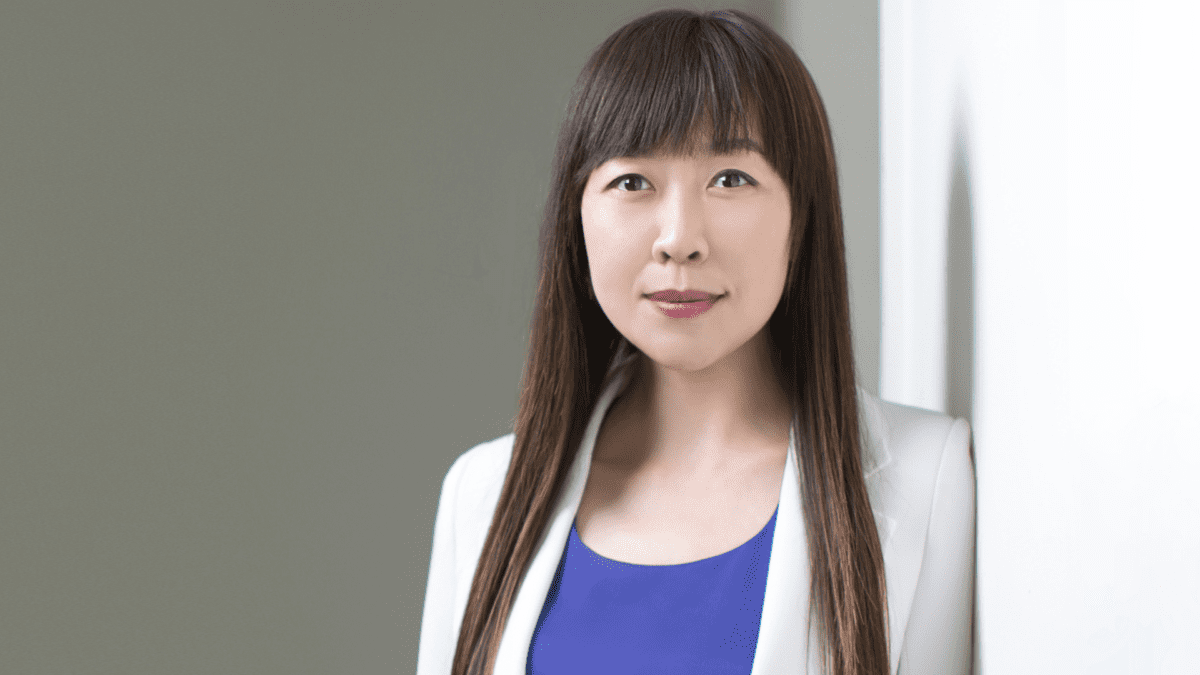Is four the new six when it comes to dividends?
It has been a wacky year so far. Stocks that did well during Covid-19, dubbed the “Covid-winners” such as electronics and homeware retailers Kogan (ASX: KGN) and Afterpay (ASX: APT), have been absolutely smashed, losing 44% and 30% in the last three months respectively.
Kogan last week announced a profit warning: because it failed to anticipate a return to normality, it has warehouses packed full of goods to meet the demand expected during lockdown. On the flip side, Covid “Losers” such as CBA and Corporate Travel (ASX: CTD) have staged a remarkable recovery, with the shares up 25% and 68% year-to-date respectively.
Triggering this rotation from growth to value was positive vaccine news that gave markets a sigh of relief and return to normality. Earnings expectations have fully recovered, thanks to Government stimulus measures and the move to digitisation. A year ago, markets were expecting the May bank reporting season to be a disaster, but on the contrary, all the doomsday forecasts were proven wrong. The big banks held up extremely well, increasing their dividends, paring-back loan-loss provisions and announcing optimistic outlook statements.
And so, confidence has once again returned not only into the economy, but into the market. As record-low interest rates ensure zero bank-deposit returns, investors are again on the hunt for yield. And there’s no better place to look than company dividends on the ASX. Covid fears have abated and the disastrous conditions endured during lockdown have become a distant memory. Companies that postponed or cut their dividends are actively reinstating dividend payout ratios. Dividends of the big three banks that reported following COVID, were collectively down 90% on the prior period.
The recent bank reporting season saw dividend expectations recover by two-thirds, due to current conservative dividend payout ratios.
For yield-hungry investors looking for a bit more than the paltry bank deposit rate, we’ve drawn together a few stock lists from publicly available research.
Four is the new six (percent)

The favourable type of yield comes from companies that have a history of paying dividends, are strong performers, and can easily make distributions to investors because they have ample cash. A good example are the big banks and Telstra. All have a history of paying high dividends supported by solid cash earnings over the years. Early in the pandemic, last year, APRA forced the banks to cap shareholder payouts at 50% of profits. So, it was a relief to suffering bank shareholders when CBA marked the end of low dividends when it announced that up to 70 per cent of profit would be paid to shareholders.
Hybrids
Hybrids carry characteristics of both debt and equity, being their non-discretionary income and convertibility, which is seen as a potential diversifier in an ‘overvalued’ market by many experts.

Hybrid securities and exchange-traded funds (ETFs) listed on the ASX provide investors with tax-efficient income greater than the income typically generated by traditional bank term deposits, cash or regular bonds. There are many different hybrids which each have various components and functions. Basically though, a hybrid can have a fixed or floating rate of return until a certain date. They pay franked income like ordinary shares and have the option to convert to shares.
Here are the top-yielding Australian high dividend ETFs:

ETFs are listed investment funds on the ASX that provide exposure to a range of shares or assets with a single purchase. They act in the same way a managed fund would act, but with the added benefit of being listed. They can be active or passive. Some of these ETFs also use a strategy called “dividend harvesting,” which involves buying dividend paying shares just before they pay dividends and selling them just after dividends have been paid. Although this method of investing sounds easy, there are risks. Shares tend to fall in price on the ex-dividend date by the dividend amount, so, what is gained in the dividend is likely to be lost on the falling price. One step forward, one step back. Over time, dividend harvester funds tend to fall in price.
The other option is to buy ETFs that don’t focus on dividend harvesting, but rather, hold high-quality dividend paying companies that have good earnings and can easily cover strong payout ratios. As these companies tend to grow earnings, their share prices recover from slumps fairly quickly.









